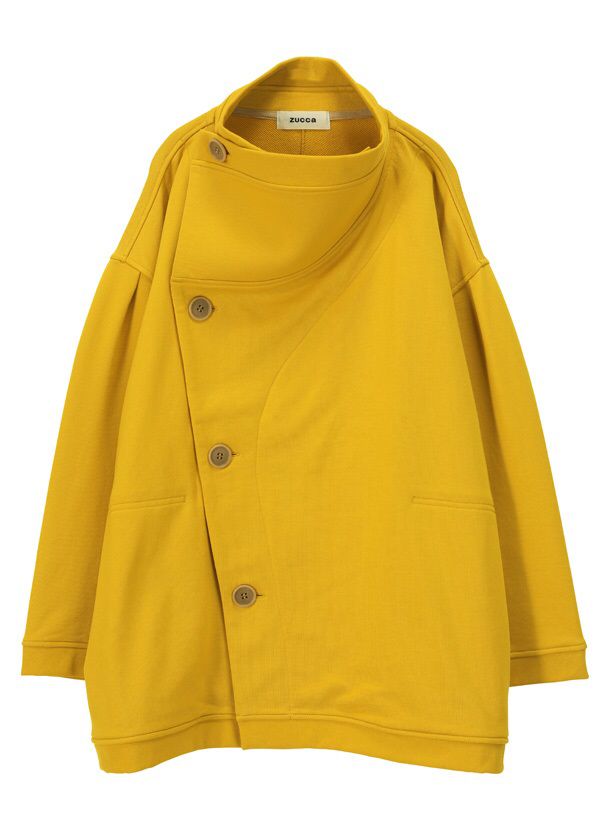Spring/Summer 22
Selection in the digital era
In September and October, the designers show their new collections for the following season. We are now picking out our Spring/Summer 22 selection.
One of the most striking side effects of the pandemic is the acceleration towards the digital world. And when it comes to the research of brands, it can bring some positive outcomes.
Some brands opted for a mixed formula, physical and digital, while many others decided to present their new collections only through digital tools. So, like it or not, that’s the offer.
Obviously, companies in the fashion field lost a lot of money because of the pandemic. Digital is a strategy to recover. Also, they realized how few people they needed to make the workflow internationally. (This loss of jobs is its own problem).
Selection through social media
We are not satisfied with the trend of discovering new brands via Instagram only. First, the communication of many brands is oriented to push the image of a woman we do not want to endorse: plastic face, doughnut lips, tons of make-up. Furthermore, it’s easy to cover up poor quality clothing in an Instagram pic.
Scrolling down, you may see so many infinite offers of clothing that seem like beautiful quality. At first sight, at least. After a deeper analysis, you realize it was just a nice pic. Fast fashion brands know this trick very well.
Selection for Spring/Summer 22
However, a satisfying implication of digital fashion is that material is more accessible compared to the past. In fact, we are receiving many look books and line sheets. So that it’s easier to have an idea of what’s going on in terms of style.
Through accurate presentations and line sheets, you have the chance of knowing more about materials and fitting.
If it is true that nothing will ever change the experience of touching the fabrics, now we have the opportunity to make a selection without travelling the world.
Even though the integration is brilliant, we have to find the perfect balance.
